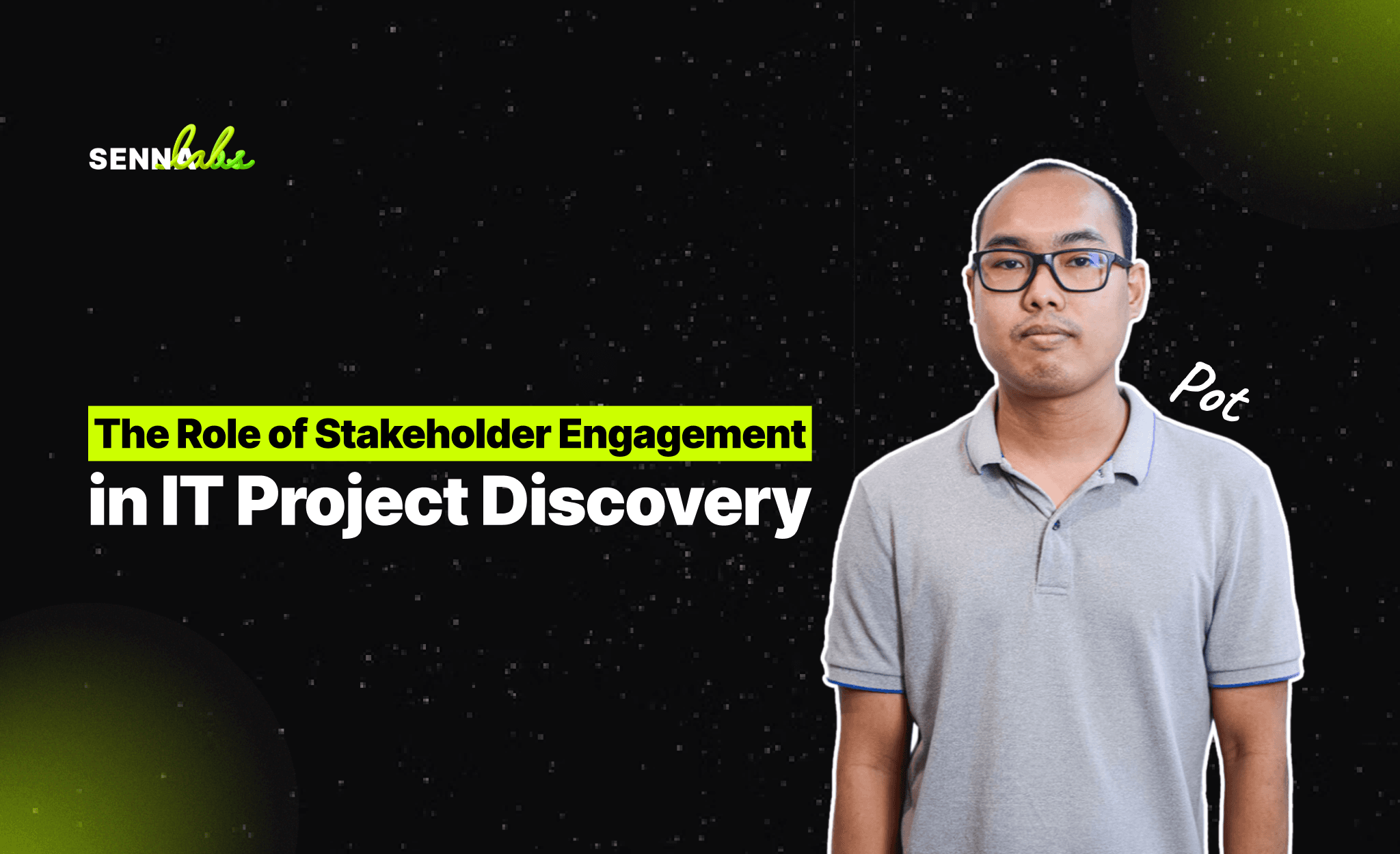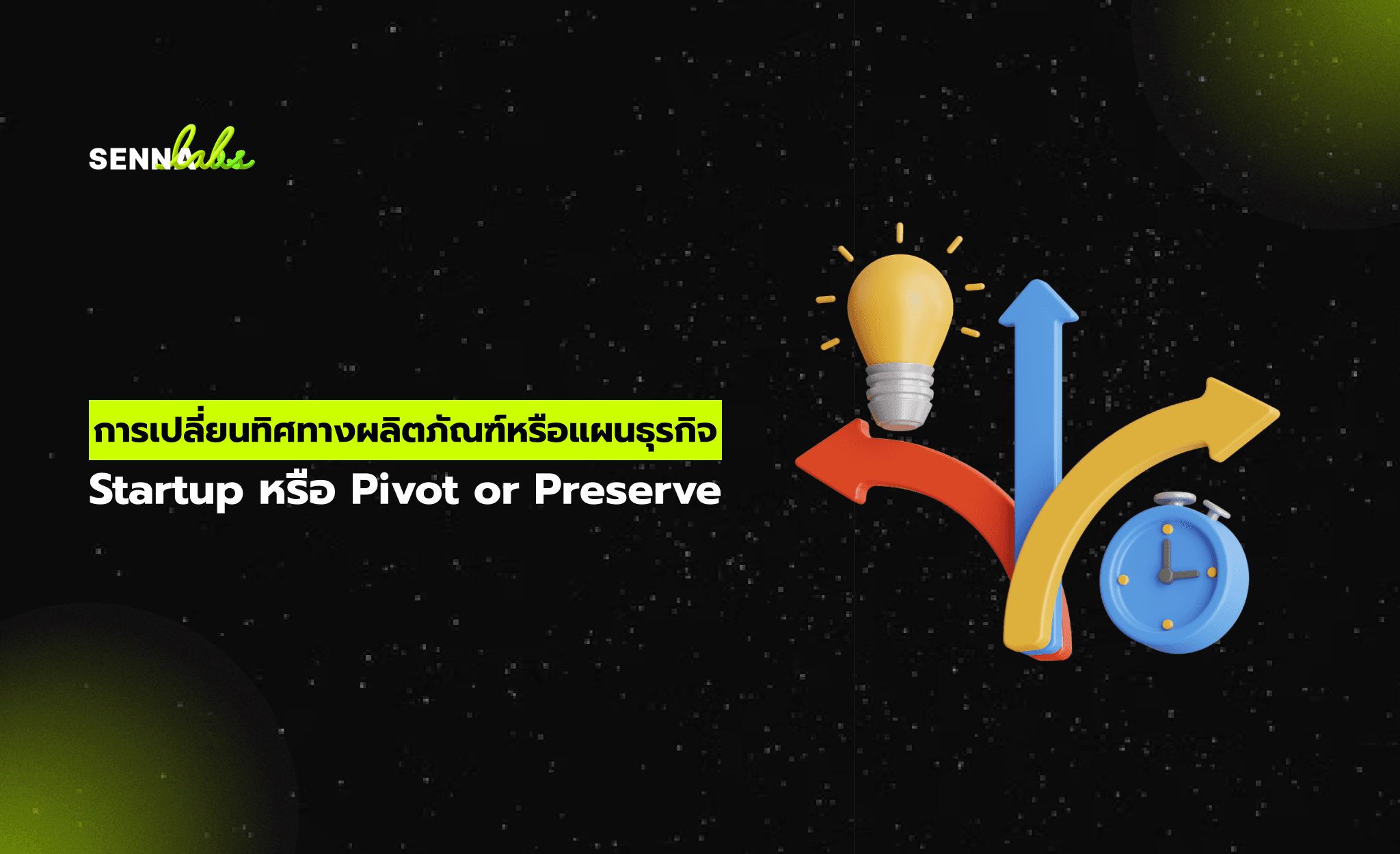The Role of Stakeholder Engagement in IT Project Discovery
Share

In IT project management, successful project outcomes depend heavily on how well stakeholders are engaged during the discovery phase. For large and complex projects, especially those that span across multiple departments or involve external partners, poor stakeholder engagement can lead to miscommunication, feature conflicts, and project delays. Stakeholder engagement is not only about identifying who needs to be involved, but also about ensuring their participation in defining project goals, aligning expectations, and resolving potential conflicts.
The discovery phase is the foundation of any IT project. This phase involves gathering key information, defining project objectives, and aligning stakeholders to ensure everyone shares a unified vision for success. Without effective engagement, even well-planned projects can suffer from scope creep, costly changes, or missed deadlines. On the other hand, a discovery phase that prioritizes stakeholder engagement fosters collaboration, improves communication, and helps prevent issues before they arise.

In this article, we will explore the crucial role that stakeholder engagement plays in the IT project discovery phase, how it impacts project success, and why it is essential for minimizing risks and maximizing alignment. We will also examine a real-world use case where a healthcare provider used stakeholder workshops during the discovery phase of a patient management system upgrade, leading to better communication, fewer feature conflicts, and a 20% reduction in post-launch project changes.
Understanding the Discovery Phase in IT Projects
The discovery phase is the first step in any IT project and serves as a roadmap for project planning and execution. During this phase, the project team works closely with stakeholders to define the project’s objectives, deliverables, and requirements. It is also the time to identify risks, establish timelines, and allocate resources. The success of the discovery phase directly impacts the project’s overall execution and outcome.
Goals of the Discovery Phase:
-
Define project scope and objectives: Clearly identify what the project is expected to achieve and which deliverables are needed to meet the goals.
-
Understand stakeholder needs and expectations: Engage with all key stakeholders to gather their input and ensure alignment.
-
Identify risks and constraints: Highlight any potential technical, financial, or operational risks that could affect project delivery.
-
Develop a roadmap: Create a detailed project plan that outlines the project timeline, key milestones, and dependencies.
While the discovery phase involves technical planning and scoping, one of its most important functions is ensuring that all relevant stakeholders are aligned on the project’s goals and objectives. Misalignment at this stage can lead to major issues later, such as conflicting feature requests, scope creep, or delayed timelines.
The Importance of Stakeholder Engagement in the Discovery Phase
Stakeholders play a vital role in IT projects because they provide insight into the needs, expectations, and potential challenges that the project may encounter. Without their input, it’s easy to miss critical requirements or overlook potential risks that could derail the project. Effective stakeholder engagement ensures that the right people are involved, the project team understands the needs of the business, and the final product delivers value.
Key Reasons Why Stakeholder Engagement is Critical:
1. Alignment on Project Goals
Misalignment on project goals is one of the most common reasons IT projects fail. Different stakeholders may have different expectations about what the project is supposed to achieve. For example, a marketing team may prioritize user interface features, while a technical team may focus on performance and security. Without a unified vision, teams may pull in different directions, leading to conflicting priorities and scope creep.
How Stakeholder Engagement Helps:
By engaging stakeholders early in the discovery phase, project managers can ensure that all parties agree on the project’s overall goals. Stakeholder workshops and discussions help identify common objectives and align expectations before any development begins.
2. Capturing Complete Requirements
Gathering complete and accurate requirements is essential for delivering a project that meets business needs. Stakeholders are the source of these requirements, but without structured engagement, key requirements can be missed or misunderstood. This can lead to significant changes later in the project lifecycle, increasing costs and extending timelines.
How Stakeholder Engagement Helps:
Workshops, interviews, and regular meetings allow stakeholders to voice their requirements and discuss any specific needs or constraints. Engaging stakeholders throughout the discovery phase ensures that all critical requirements are captured and agreed upon, reducing the likelihood of major changes during development.
3. Preventing Feature Conflicts
In complex IT projects, multiple stakeholders may have different, sometimes conflicting, ideas about what features or functionalities are most important. These conflicts can lead to issues during development, especially if they aren’t addressed early on. For example, one department might prioritize a feature that another team views as unnecessary or even problematic.
How Stakeholder Engagement Helps:
Structured engagement, such as workshops or focus groups, allows stakeholders to discuss and resolve potential feature conflicts early in the project. By facilitating open dialogue, project managers can negotiate trade-offs and ensure that the final product serves the needs of the entire organization.
4. Improving Communication
Good communication is essential for the success of any project. However, communication can easily break down when stakeholders are not involved in key discussions or when they do not have a clear understanding of project timelines, deliverables, or dependencies. Poor communication can result in misunderstandings, delays, and misaligned expectations.
How Stakeholder Engagement Helps:
Regular communication during the discovery phase helps keep everyone informed and ensures transparency. Meetings, status updates, and documentation give stakeholders visibility into the project’s progress, helping to prevent confusion and keeping everyone aligned.
5. Minimizing Risks and Surprises
Risks are an inevitable part of any IT project, but they can often be mitigated when stakeholders are engaged early in the process. Stakeholders, especially those from technical, operational, or regulatory departments, can help identify risks related to technology, security, compliance, or market changes that the project team may not have considered.
How Stakeholder Engagement Helps:
Early engagement with key stakeholders allows project teams to identify risks upfront and develop mitigation strategies. By involving technical experts and business leaders in the discovery phase, teams can anticipate challenges and reduce the likelihood of costly surprises during the development phase.
Use Case: Engaging Stakeholders to Reduce Project Changes in a Healthcare Provider
To illustrate the importance of stakeholder engagement in the discovery phase, let’s examine a real-world use case of a healthcare provider that was upgrading its patient management system. The project was critical to improving patient care, streamlining operations, and ensuring regulatory compliance. However, the project initially faced significant challenges due to stakeholder misalignment and communication issues.
The Challenge:
The healthcare provider had several departments involved in the patient management system upgrade, including IT, operations, legal, and clinical teams. Each department had its own priorities and expectations for the project:
-
The IT team: focused on integrating the new system with existing technology infrastructure.
-
The clinical team: prioritized ease of use and patient data accuracy.
-
The legal team: was concerned about compliance with data protection regulations.
-
The operations team: wanted to ensure that the system improved workflow efficiency.
However, poor communication and a lack of structured stakeholder engagement led to conflicting feature requests and unclear priorities. As a result:
-
The development team: received inconsistent and sometimes contradictory requirements.
-
Important features: were delayed or overlooked due to unresolved conflicts.
-
Changes: were frequently requested during development, leading to timeline extensions and increased costs.
The Solution: A Comprehensive Discovery Phase with Stakeholder Workshops
To address these challenges, the healthcare provider implemented a comprehensive discovery phase that emphasized structured stakeholder engagement. Key steps included:
-
Stakeholder Identification: The project team identified all relevant stakeholders from across departments, ensuring that each group’s input was considered during the discovery phase.
-
Workshops and Focus Groups: The team organized workshops and focus groups to gather feedback from stakeholders. These sessions provided a platform for open discussion, where stakeholders could voice their concerns, share their priorities, and resolve potential feature conflicts.
-
Clear Documentation of Requirements: The project team documented all stakeholder requirements and created a detailed project scope. This ensured that all stakeholders had a shared understanding of the project’s goals, deliverables, and timeline.
-
Regular Communication and Updates: The project manager implemented regular status updates and check-ins with stakeholders throughout the discovery phase. This helped ensure that stakeholders remained engaged and informed, reducing the risk of miscommunication.
-
Risk Assessment: Stakeholders from each department worked with the project team to identify potential risks, including technical challenges, compliance issues, and workflow disruptions. Mitigation strategies were developed for each risk.
The Results:
By adopting a more structured and collaborative discovery process, the healthcare provider saw significant improvements in project outcomes:
-
Improved Communication: The stakeholder workshops facilitated better communication between departments, ensuring that everyone had a shared understanding of the project’s objectives and constraints.
-
Reduced Feature Conflicts: Potential conflicts over features were resolved early in the process, allowing the development team to focus on delivering a system that met the needs of all stakeholders.
-
Fewer Changes Post-Launch: By addressing key requirements and concerns during the discovery phase, the project team reduced the number of changes requested after the system was launched, leading to a 20% reduction in post-launch modifications.
-
On-Time and On-Budget Delivery: With better alignment and fewer feature conflicts, the project was delivered on time and within budget, ensuring a smooth transition to the upgraded patient management system.
Conclusion
Stakeholder engagement is a critical component of the IT project discovery phase. Without it, teams risk misalignment, feature conflicts, and communication breakdowns, all of which can lead to project delays and increased costs. By involving stakeholders early and using structured engagement methods like workshops, interviews, and focus groups, project teams can gather complete requirements, align on project goals, and reduce the risk of surprises during development.
As seen in the case of the healthcare provider, effective stakeholder engagement during the discovery phase leads to better communication, fewer post-launch changes, and more successful project outcomes. For organizations embarking on complex IT projects, prioritizing stakeholder engagement in the discovery phase is essential to ensuring that the project meets its goals, stays on track, and delivers value to all involved.

Share

Keep me postedto follow product news, latest in technology, solutions, and updates
Related articles
Explore all


